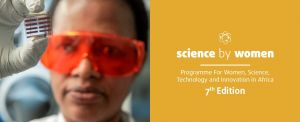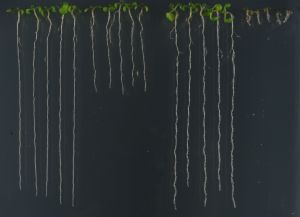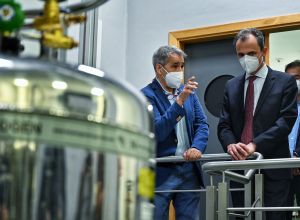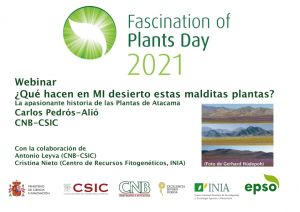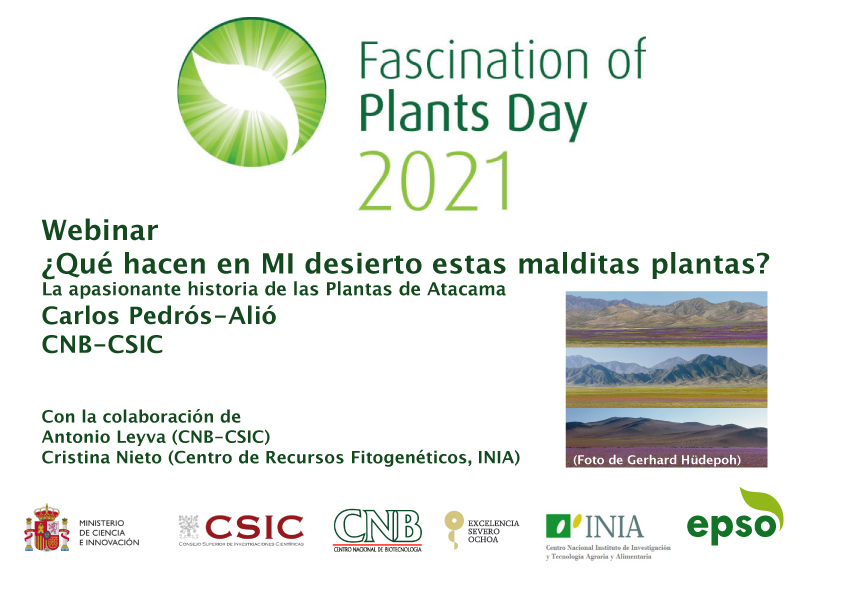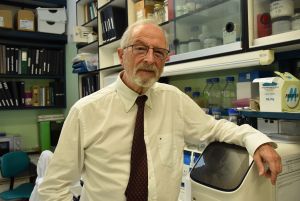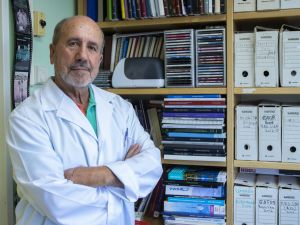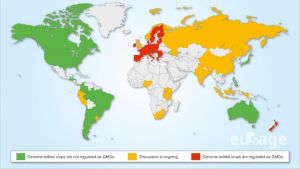The Women for Africa Foundation (FMxA), in line with its mission of contributing to the development of Africa through the drive of its women, is launching the 7th Edition of SCIENCE BY WOMENprogramme, with the aim to promote African women’s leadership in scientific research and technology transfer and to foster the capacity of the research centres in their home countries. The main goal is to enable African women researchers and scientists to tackle the great challenges faced by Africa through research in health and biomedicine, sustainable agriculture and food security, water, energy and climate change.
The programme´s ultimate goal is to enable African women researchers to play a leading role in the transition of Africa to a knowledge-based and innovation-led economy through research that can be transferred into products, processes, services and technologies having impact on people´s lives. To achieve this ambitious goal, FMxA collaborates with 22 Spanish Centres of Excellence, whose prestige is unanimously recognized throughout Spain and internationally, thereby ensuring excellence in scientific research in various fields.
Each of these centres will host 1 senior woman researcher with at least 3 years of post-doctoral experience for a six-month fellowship. Applications will be subjected to a rigorous selection process, evaluating the academic merits and leadership of the applicants as well as the scientific quality and expected impact of their research projects. Selected candidates will receive training and integration in a dynamic, multidisciplinary and highly competitive working team, where they will be able to develop their research projects and acquire complementary skills, empowering them to transfer their research results into tangible economic and social benefits.
Deadline for applications is September 30, 2021.
Only applications submitted in English via the Science by Women website will be accepted


